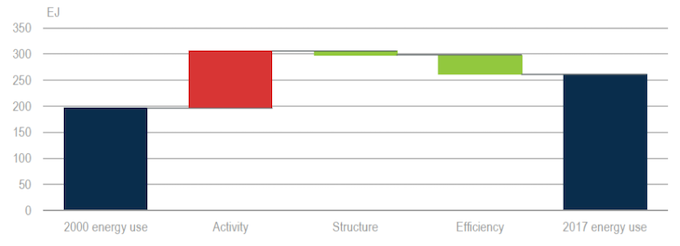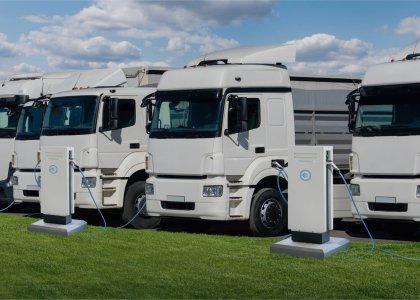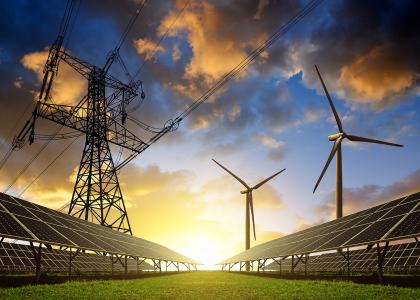Energy-saving efforts continue to deliver vast gains, but their progress is slowing and will need at least a doubling of investment in order to reach global sustainability goals, according to the International Energy Agency’s new Energy Efficiency 2018 market report, released last week.
The sixth annual report by the IEA, a Paris-based organization formed and led by 30 developed countries, includes striking data on the value of energy efficiency. While global energy use has grown by a third since 2000, the figure below shows that the increase would have been more than 50% greater without efficiency.
However, while efficiency savings are substantial, the IEA finds that the rate of improvement is slowing. The chart below shows that global energy intensity (energy use per unit GDP) fell by 2.5% in 2011, but that the rate of improvement slowed to 1.7% in 2017, and would have dipped even more, to 1.2%, if the 3.9% improvement in China were not included.
The IEA finds that much more efficiency savings are possible in its “Efficient World Scenario” (EWS), which includes improved efficiency policies and increased investments. In the EWS, as illustrated below, global energy efficiency savings increase more than three-fold relative to 2017 savings. The largest savings are in the transport sector, but substantial savings can also be found in the buildings and industrial sectors. The scenario only includes current technologies but assumes very aggressive implementation of them; on balance it seems a reasonable projection of the achievable global potential savings.
To achieve the EWS efficiency savings, IEA recommends increased government action, both regulatory measures such as building codes and equipment efficiency standards as well as providing information on efficiency opportunities. The agency also recommends expanding access to financing, such as use of energy service companies (ESCOs), green bonds, and green banks. It calls for a doubling of average annual investment in energy efficiency between now and 2025 and then another doubling between 2025 and 2040. These are all reasonable steps, and in line with actions that ACEEE has been espousing.
In transportation, the agency recommends a focus on vehicle fuel economy and electric vehicles. In industry it notes that the bulk of potential energy savings are in less energy-intensive sectors because these sectors have historically paid less attention to energy efficiency. And in buildings it notes that energy use can be reduced about 40% on average through more efficient new construction as well as retrofits of existing buildings.
The IEA shows the importance of these energy efficiency actions to meeting the global sustainability goals of the Paris Agreement. It provides a “Sustainable Development Scenario” to meet the Paris targets combining energy efficiency with investments in renewable and nuclear energy, fuel switching, and carbon capture and storage. As illustrated in the figure below, 44% of the emissions reductions in this scenario come from energy efficiency — the largest contributor to a plausible scenario reaching the world’s sustainability goals.
The IEA report shows that the world is not getting the savings it needs from energy efficiency to develop economies and reduce climate change. While energy efficiency has contributed a lot, far more investment and policy support are needed for a sustainable future.








